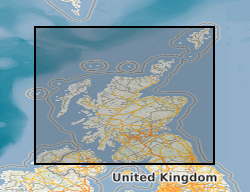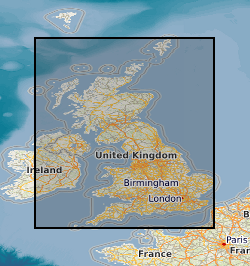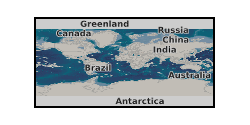weekly
Type of resources
Topics
Keywords
Contact for the resource
Provided by
Years
Formats
Representation types
Update frequencies
Scale
-

The collection consists of records for c.5000 wells and springs in Scotland mostly lodged by drillers in compliance with the Water Act. These include data on well construction, water yields, water levels, water chemistry and well lithology. The collection is organised on the One-Inch Geological Sheet basis. Catalogues for wells in Central Scotland were published between 1963 and 1969. The BGS Single Onshore Borehole Index (SOBI) provides a partial digital index to the records.
-

The Geotechnical Database contains information about site investigation reports, boreholes and samples. It contains geotechnical measurements taken over borehole intervals and on samples. Some of the data is obtained digitally from AGS files (Association of Geotechnical and Geoenvironmental Specialists - File Transfer Format), some is obtained manually from Site Investigation Reports stored in the National Geoscience Data Centre. The database currently contains geotechnical data from over 450 000 laboratory test samples and core descriptions, borehole observations and in situ tests from over 96 000 boreholes extracted from over 4800 site investigation reports. The database underpins BGS Geo-engineering properties and processes research and is an important information resource for answering enquiries and providing for the data needs of external customers.
-

The aa index is a simple global geomagnetic activity index, with units of 1 nT (nanotesla), which is produced from the K indices from two approximately antipodal observatories. At present these are Hartland observatory in the UK and Canberra observatory in Australia. The main advantage in using aa indices for research purposes is that the time series spans further back (to 1868) than any of the other planetary indices time series.Also, up to date values are produced and made available weekly, giving nearer to real time availability than any other planetary index. In between the weekly updates, BGS calculates estimated aa indices, providing real time "nowcasts" which are updated on an hourly basis. These estimates are clearly marked with the letters "Est". Although calculated by the same method, the aa indices available on this service are not the definitive values. These are published by the International Service for Geomagnetic Indices, CRPE/CNET - CNRS, 4 Avenue de Neptune, F-94107 Saint Maur, Cedex, France.
 NERC Data Catalogue Service
NERC Data Catalogue Service